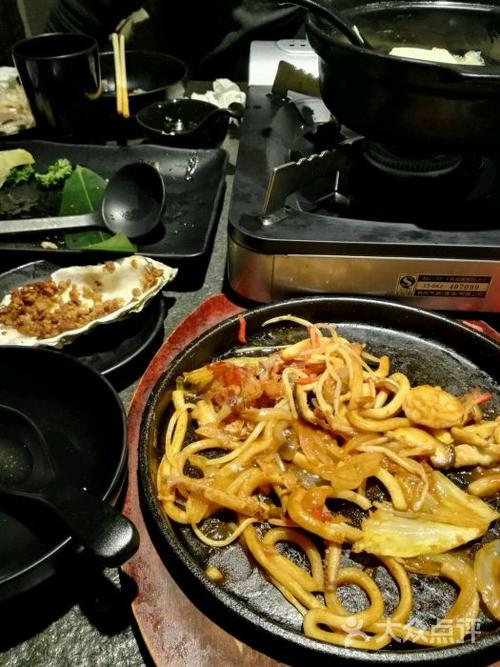Exploring the Elegance: Common English Phrases for Dance Introduction
Dance, an art form that transcends cultures and languages, embodies the beauty of expression through movement. Whether it's ballet, salsa, hiphop, or contemporary, dance captivates audiences worldwide. Here are some common English phrases to introduce and describe various styles of dance:
1.
Ballet:
Ballet, characterized by its graceful and precise movements, is a classical dance form originating from the Italian Renaissance courts.
Ballet combines exquisite footwork, fluid arm movements, and intricate choreography to tell stories or evoke emotions.

This elegant dance form emphasizes poise, technique, and strength, requiring years of dedicated training to master.
2.
Salsa:
Salsa, with its infectious rhythm and vibrant energy, originates from AfroCaribbean dance styles blended with Latin influences.
Salsa dancers showcase intricate footwork, sensual hip movements, and dynamic spins, reflecting the joy and passion of its cultural roots.
This social dance encourages improvisation, connection between partners, and a sense of community on the dance floor.
3.
Hiphop:
Hiphop dance, born from urban street culture, is characterized by its highenergy movements, syncopated beats, and urban attitude.
Hiphop encompasses a diverse range of styles, including breaking, popping, locking, and krumping, each with its own unique movements and aesthetics.
From freestyle battles to choreographed routines, hiphop celebrates selfexpression, creativity, and individuality.
4.
Contemporary:
Contemporary dance, a fusion of various movement styles, pushes boundaries with its fluidity, athleticism, and emotional depth.
Contemporary dancers explore a wide range of techniques, from classical ballet to modern dance, incorporating elements of improvisation and storytelling.
This avantgarde dance form challenges traditional norms, inviting audiences to experience movement as a reflection of the human experience.
5.
Ballroom:
Ballroom dance, characterized by its elegance and sophistication, encompasses a variety of partner dances performed in formal settings.
Ballroom styles such as the waltz, foxtrot, tango, and chacha require precision, timing, and connection between partners.
From graceful glides across the floor to dramatic dips and spins, ballroom dance embodies timeless romance and charm.
6.
Flamenco:
Flamenco, originating from the Andalusian region of Spain, is a passionate and expressive art form combining dance, music, and song.
Flamenco dancers convey deep emotions through intricate footwork, dramatic arm movements, and intense facial expressions.
Rooted in Spanish folklore and Gypsy culture, flamenco celebrates the joys and sorrows of life with fiery intensity and raw authenticity.
7.
Tap:
Tap dance, characterized by its percussive footwork and rhythmic patterns, creates music through movement by wearing metaltipped shoes.
Tap dancers produce intricate rhythms and syncopated beats, often improvising and creating melodies with their feet.
This lively and dynamic dance form, rooted in AfricanAmerican history, celebrates individuality, musicality, and the joy of making music with every step.
8.
Traditional Folk Dance:
Traditional folk dances, passed down through generations, celebrate cultural heritage and community identity.
From the Irish jig to the Indian bhangra, folk dances reflect regional customs, rituals, and storytelling traditions.
These vibrant and lively dances often feature colorful costumes, lively music, and simple yet spirited movements that bring people together in celebration.
9.
Modern Dance:
Modern dance, a departure from classical ballet, emphasizes freedom of expression, creativity, and experimentation.
Modern dancers explore a wide range of movements, from fluid and lyrical to angular and abstract, breaking away from traditional forms and techniques.
This innovative dance form embraces individuality, encourages improvisation, and challenges conventional ideas of beauty and movement.
10.
Cultural Dances:
Cultural dances, rooted in specific ethnic or national traditions, embody the rich tapestry of human diversity and heritage.
From the graceful movements of Japanese kabuki to the lively rhythms of Brazilian samba, cultural dances reflect the values, beliefs, and customs of their respective communities.
These dances serve as a powerful expression of cultural identity, preserving traditions and fostering a sense of pride and belonging among participants.
Dance transcends language barriers, connecting people through the universal language of movement and music. Whether you're a seasoned performer or a curious spectator, the world of dance offers endless opportunities for exploration, expression, and appreciation.










